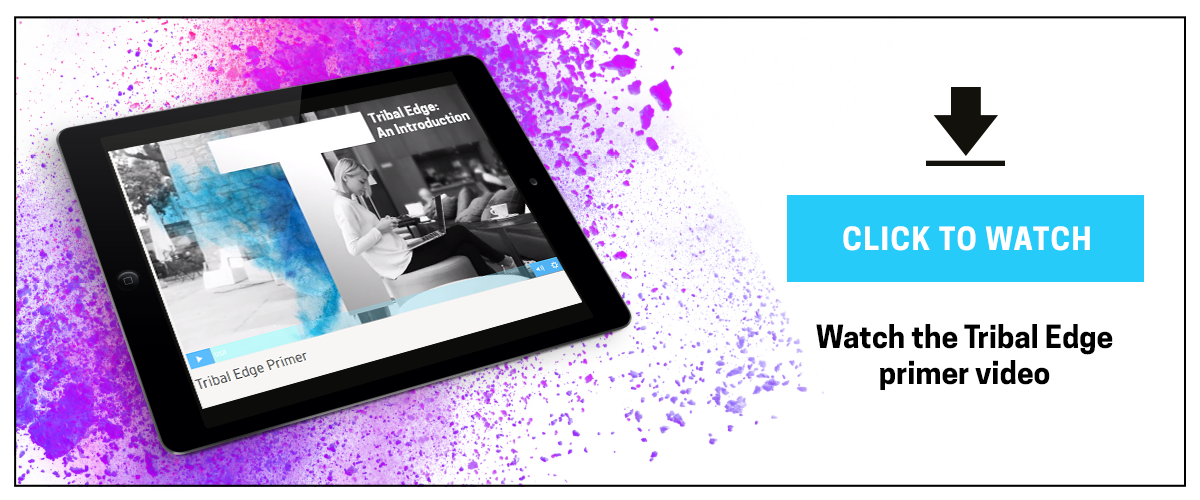5 areas to focus on in the changing world of education
The world of higher education is changing. New providers are challenging traditional education models, and technology is transforming the way that students expect to learn and be taught. Many changes are already visible in colleges and campuses, and they all point towards a radical digital transformation of the student experience.
In the news we see regular examples of how the three-year undergraduate model is being questioned, whether from the UK government through reviews like Augar who advocate a more flexible approach to qualifications, or the various funding reviews that are taking place across the education sector in Australia and New Zealand. In Australia, course fees are on the rise coupled with students having to pay back their loans sooner. In New Zealand a national review of VET looks to ascertain whether the $12bn sector is “fit for purpose”. In the UK The University of Lancaster’s novel project “Academy 92” provides a higher education degree alongside working.
The current generation of student information systems, which have served colleges and universities well for many years, will ultimately struggle to meet rapidly changing demands from students and the market. Here are our top five areas institutions should focus on to stay ahead of the change curve.
1. The student as a digital consumer
The most obvious example of change is the way that we all consume digital technology in a way that could not have been predicted 15 years ago. Students embrace interactive communication such as messaging and digital assistants, with traditional communication such as email being largely ignored.
Digital affects every part of a student’s life – from researching which college or university to apply to, how they learn and study, how they interact with tutors and other students, and even how they get support when things are not going well. If an education institution does not support the digital lives of their students, then they are not properly engaging with their students.
Technology is even more critical for students studying remotely from home or overseas. Colleges and universities already provide online learning environments, but these needs to be supported by wrap-around digital services to provide realistic alternatives to face to face. Technology will ultimately support remote digital assessments to avoid the need to physically travel to exam centres.
2. The removal of the departmental silos
From the institution’s perspective, modern open IT architectures offer the promise of a connected digital campus - where student systems across the institution talk to each other instead of data being in silos – which means that the institution can build a complete picture of each student. This helps support staff and personal tutors get visibility of any problems, or to spot underachieving students that would benefit from additional attention.
3. Intelligent IT systems
Consolidated student data produces better visibility of how a student is performing but it largely describes what has already happened. If the data is combined with data analytics, staff get a deeper understanding of the data, suggesting why a student is performing the way they are, and what their final outcome is likely to be.
Because the university’s dataset now has a more complete picture of each student who has studied at the institution - potentially going back many years - machine learning can identify the key indicators of a successful, or struggling, student. This deep insight into real student behaviour can be applied operationally to the current intake of students to highlight those who may be struggling and would benefit from a support intervention or additional coaching.
This model of “predictive” analytics can also be useful for the admissions department. By computer matching applicants to similar previous students, data analytics can accurately estimate how successful an applicant will be if they were to be accepted and can also help match applicants to the best course for them. It can also be used to reduce unconscious bias by selecting applicants based only on the data rather the admissions officer’s personal experience.
4. The growing importance of student welfare
The importance of student wellbeing and mental health cannot be overstated. Today, institutions are taking a much larger role in their students’ wellbeing than they have done historically. Student information systems will play a much more important role in supporting students throughout their college or university life.
For example, data analytics as described above could be used to identify students who are struggling with their studies, or potentially those at risk of mental health problems. It is never intended to replace student welfare officers, but it would provide them with better tools and information to improve the safety of an ever-growing student population.
Many students are also more likely to access support services or ask for help through online resources, than speaking to their personal tutor. Online systems can help signpost students to the best place for help, as well as trigger a follow-up intervention by support staff.
For students assessed to be at low risk, the student systems themselves can be part of intervention through nudge technology or behavioural change programmes.
5. Going from information technology to business transformation
All of these changes are already being reflected in the IT department with much more focus on outcomes. The new generation of system architectures are open, flexible and are built on industry standard software components, rather than relying on in-house software development teams. IT is much more user centred and focused on service-design, with less emphasis on development and customisation. Business process automation via low-code platforms are transforming the way organisations deliver services.
Tribal Edge is a next generation student information system that helps colleges and universities to align themselves to the new world of education. Look out for our next blog ‘Introducing Tribal Edge'.
TOPICS:
SHARE THIS ARTICLE:



